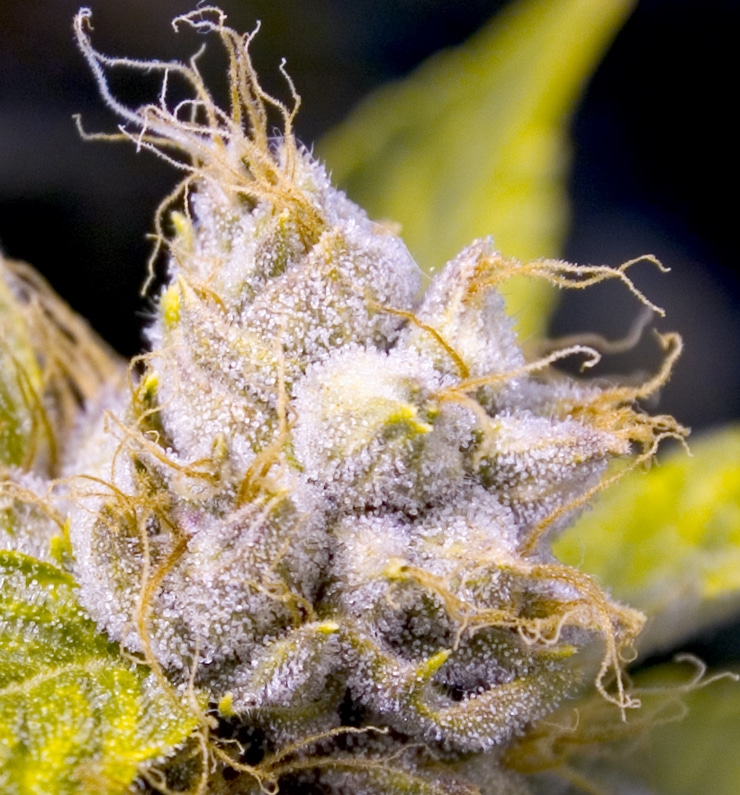With cannabis recently legalized in parts of the country, scientists who have been sitting on their hands for years can now study the plant in its natural form – scientists like those at the University of Colorado Boulder, who have announced the launch of the Cannabis Genome Research Initiative. The goal of the eighteen-month endeavor is to map the DNA makeup of cannabis, and to provide more knowledge about the plant’s history.
“Despite the fact that cannabis is one of the most valuable and historically important crop species, we know comparatively little about the plant,” says Nolan Kane of CU‘s Department of Ecology and Evolutionary Biology, who is leading the project. According to Kane, the data gathered through mapping the cannabis genome will allow growers to explore “more efficient and cost-effective cannabis breeding — choosing what to breed with what in smarter ways.” Kane doesn’t dismiss the progress already made by cannabis cultivators – far from it – but feels his research will make things easier.
“The tools I will develop will allow a better prediction of which plants are desired without the expense of growing, measuring, chemotyping, etc., all of those plants,” says Kane. “This is a huge additional expense and waste of time that can be avoided by modern, marker-assisted selection.” Kane says another major application of cannabis genome research is to breed more advanced, economical forms of hemp. “This is a potentially very valuable crop for agriculture in Colorado and other places,” he states. “It could be used for biofuels, food and fiber production for high-quality paper, clothing, rope, so many purposes.”
Quick to reassure that their research has nothing to do with Genetic Modification, or the production of GMOs, Kane explains that, “With our work, the genetic variation isn’t altered, you are just choosing what to breed with what in smarter ways. People have been breeding animals and plants for 10,000 years or more, so the basic approaches are not new, just substantially improved in terms of efficiency.”
Although the project is not yet fully funded, researchers plan to proceed regardless, with high expectations of plenty of support to come.
Source: TheJointBlog.Com










